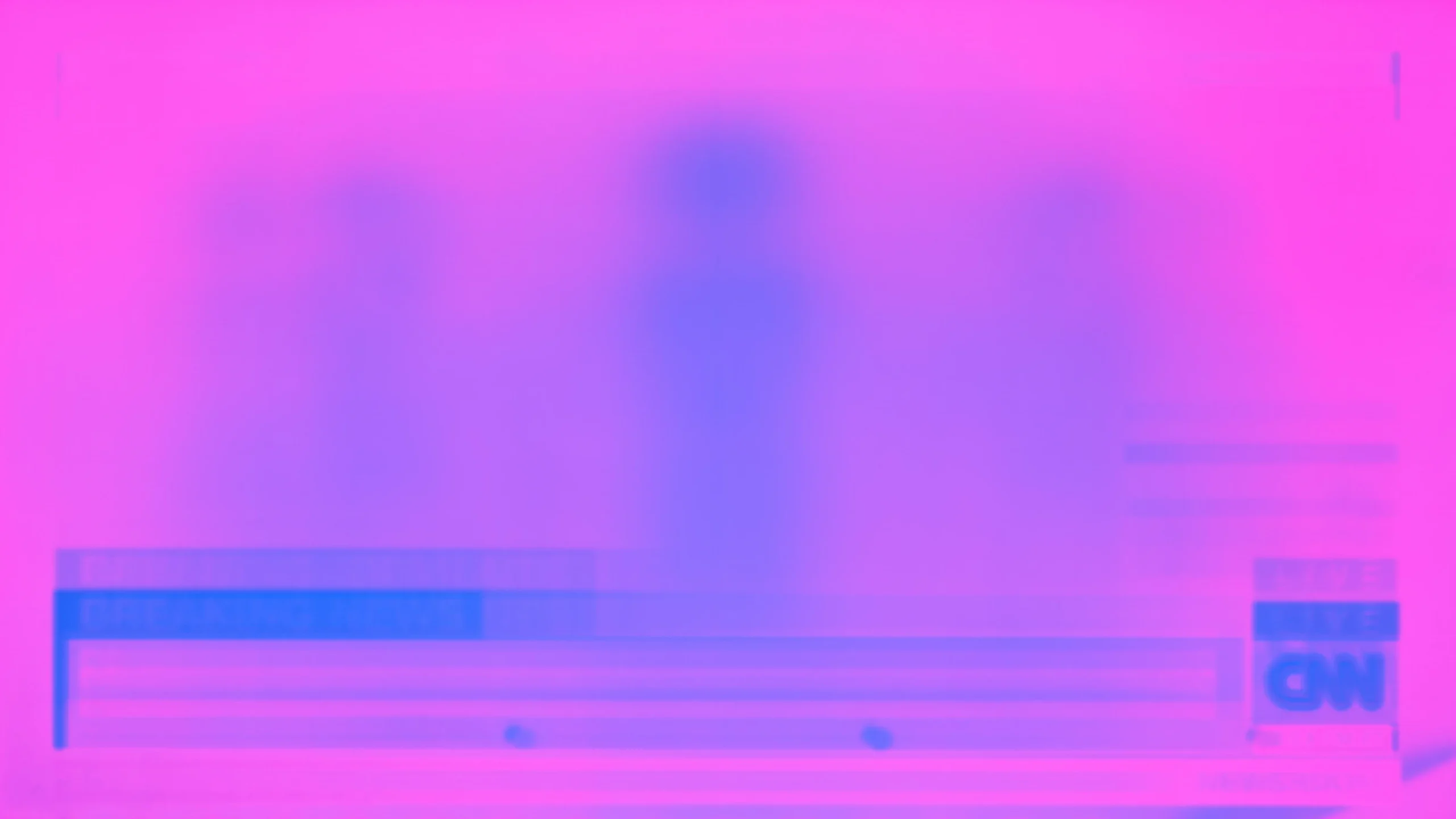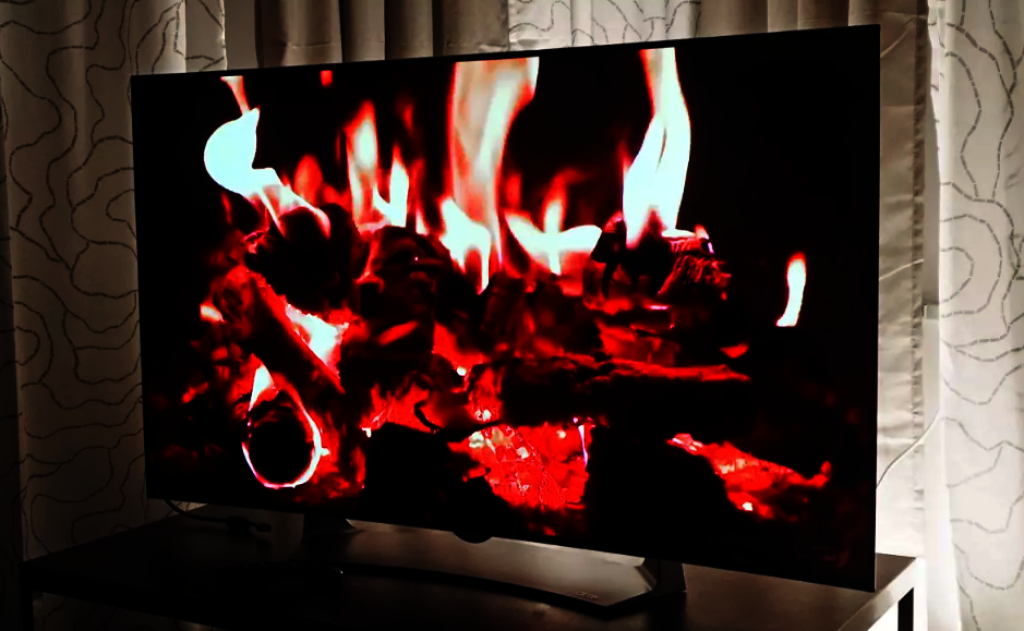
Introduction
OLED displays, with their vibrant colors and deep blacks, are the gold standard for many tech enthusiasts. However, a recurring concern with OLED technology is “burn-in”—a phenomenon where static images leave permanent marks on the screen. If you’re navigating the balance between enjoying premium display quality and avoiding costly damage, this guide dives into prevention strategies and explores whether OLED is the right choice for your needs.
Understanding OLED Burn-In
Burn-in occurs when static elements, such as logos or interface icons, remain on the screen for extended periods, causing uneven pixel wear. While newer OLED generations, including QD-OLED panels, have improved resistance, the issue hasn’t been entirely eliminated. Factors influencing burn-in include:
- Static Elements: Video app logos, game HUDs, or static UI components.
- Usage Patterns: Long hours of display use without variation in content.
- Panel Quality: Different brands and OLED types exhibit varying resilience.
Preventive Measures for OLED Users
- Use Compensation Cycles Regularly
Many OLED TVs run automatic compensation or “pixel refresh” cycles when turned off with a remote. These cycles realign pixels to prevent image retention. Check your TV’s manual for how often this occurs and ensure the feature is active. - Enable Pixel Shift
Pixel shift subtly moves the image on the screen, distributing wear more evenly. While it doesn’t eliminate burn-in risk, it helps delay it. - Limit Static Image Exposure
- Reduce time spent on static menus, like video app home screens or game HUDs.
- Dim the brightness for menus or icons where possible.
- Use Features Designed for OLED Longevity
Some devices offer logo dimming or transparency options for UI elements. These features can significantly reduce the burn-in risk for static images. - Turn Off the Display When Not in Use
When stepping away for extended periods, turn off the TV or use features like “Picture Off” mode.

Exploring Alternatives: Is OLED Right for You?
If your usage involves significant time on static content or you prefer a no-fuss experience, consider alternatives:
- Mini-LED Displays
These offer excellent brightness and color accuracy, closing the gap with OLED while avoiding burn-in risks.
- High-End QLED Displays
QLED panels deliver vibrant images with impressive longevity, making them ideal for heavy, varied usage.
Is the Latest OLED Tech Better?
Recent advancements, like second and third-generation QD-OLED panels, claim improved burn-in resistance. Independent testing (e.g., Rtings’ longevity tests) shows newer OLED panels fare better than older models, but no technology is entirely burn-in-proof.
Conclusion
OLED technology provides unparalleled visual performance but requires mindful use to avoid long-term issues like burn-in. For those unwilling to adapt viewing habits, alternatives like Mini-LED and QLED may be worth exploring. Ultimately, the right choice depends on your content consumption and how much effort you’re willing to invest in maintenance.
For those sticking with OLED, adopting preventive strategies ensures you can enjoy its stunning visuals for years to come without worrying about permanent damage.





